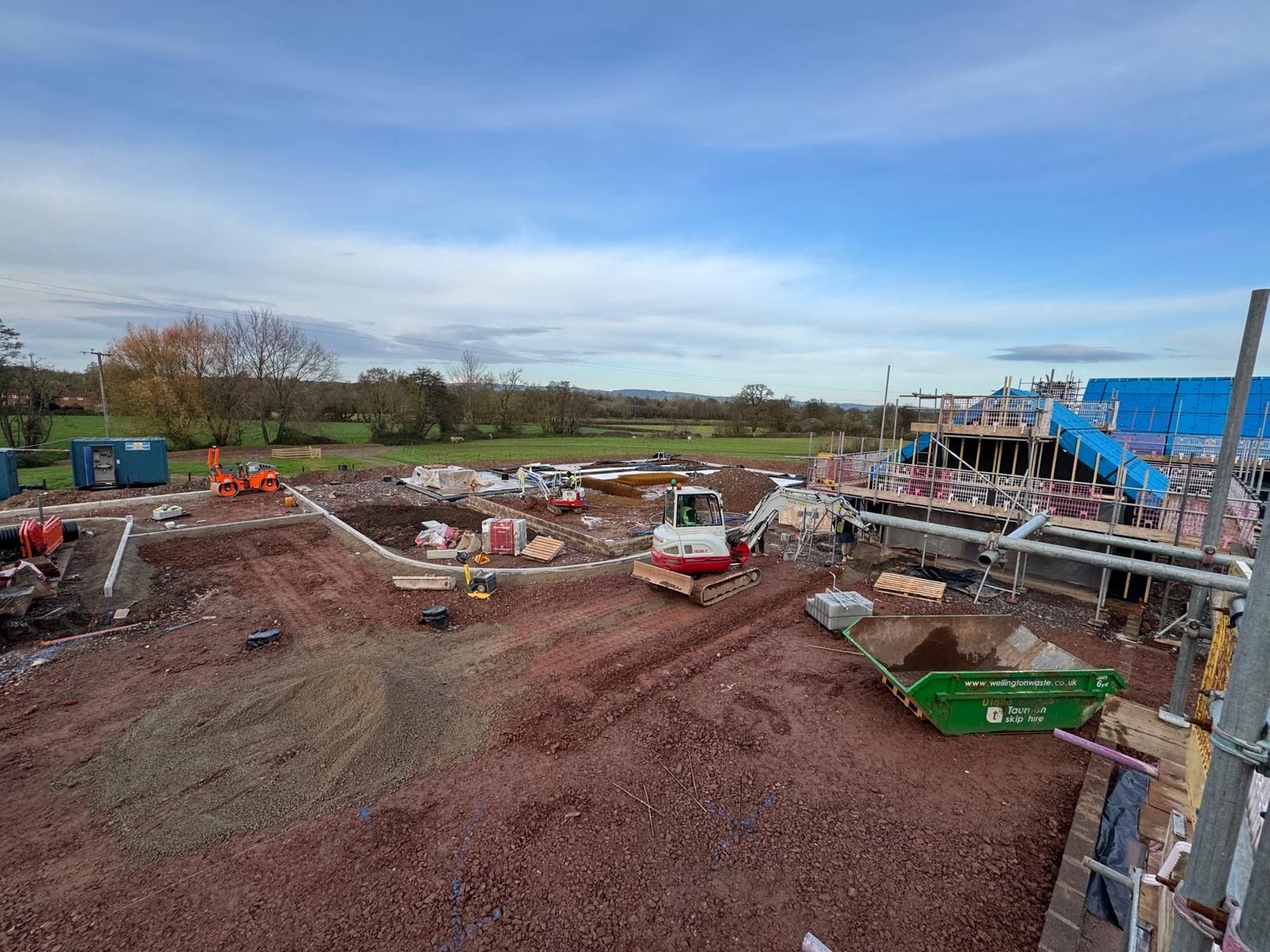
27 May What Makes a Good Development Site? Key Signs to Spot
What Makes a Good Development Site?
Finding the right development site can be the difference between a smooth planning journey and one full of delays and roadblocks. Whether you’re looking at brownfield sites or rural land in Somerset, knowing what makes a site viable is essential. Here’s what to look out for, and how to spot opportunity where others might not.
What do we mean by ‘good’?
Not every piece of land is worth your time. A ‘good’ development site is one that has the right mix of location, planning potential, accessibility, and practicality. It’s land that aligns with local demand and wider goals for growth. For William Abbott Group, that often means land with untapped potential for sustainable housing, particularly within an hour of Somerset.
Why does the type of site matter?
Brownfield and rural plots offer very different opportunities. Brownfield land (usually former industrial or commercial sites) is often easier to get through planning if you can show a clear uplift in value or use. Rural sites might face tighter controls, but they can work well for low-density, high-quality homes, especially when they sit near existing villages or towns.
Let’s break it down.
Key criteria for brownfield development sites
Location near existing infrastructure
Sites that are close to schools, shops, roads, and transport links tend to be looked on more favourably. Councils are often supportive of bringing underused land back into use if it helps meet housing needs without putting pressure on the countryside.
Clear boundaries and ownership
The simpler the title and boundary lines, the quicker you can move. Sites with one registered owner and no disputes are much easier to assess and develop.
Low contamination risk
Some brownfield sites have hidden costs. Past industrial use can leave behind contamination that’s expensive to fix. Always look at what the site was used for and get surveys done early.
Opportunity to add value
If the site includes tired buildings or has been sitting unused, there’s a strong case to make for change. A good brownfield site lets you unlock value while supporting regeneration.
What makes a rural site worth developing?
Close ties to existing settlements
Is the land within or just outside a village or town boundary? Sites that feel like a natural extension of an existing place are more likely to win local support.
Access and visibility
Does the land have a clear access point from the road? Can services like water, drainage, and electricity be brought in without major works? The more straightforward the setup, the more practical the build.
Community fit
Rural development is about more than space. Councils want to see that new homes won’t put a strain on services or spoil the setting. If you can show the design respects the character of the area, you’re more likely to be taken seriously.
What do developers look for first?
Most developers check five things straight away. Location. Access. Planning history. Topography. Services. If those stack up, they’ll dig deeper. They’ll look at local housing need, planning policies, and how well the site fits their brand and goals.
At William Abbott Group, we focus on sites where there’s room for impact. That might mean regenerating a forgotten corner or creating something truly bespoke on rural land. Either way, we’re always looking for that blend of practicality and potential.
FAQs: What makes a good development site?
How do you know if land is suitable for development?
Start by checking access, location, and whether it’s inside or near a settlement boundary. If it has a history of planning interest or sits well with local housing strategy, that’s a good sign. You’ll also want to check for any restrictions, such as protected trees or flood risk.
Is brownfield land easier to get planning permission on?
Often yes, especially if you can show a clear benefit to the local area. Councils are generally keen to see brownfield land reused, but it still needs to meet current policies and design standards.
What makes rural land attractive for development?
It’s usually about location and context. If the land feels like a natural extension of a village or town, has safe access, and can be developed in a way that fits the local style, it can be a strong candidate.
What’s the biggest red flag when looking at land?
Access problems are a big one. If there’s no clear or legal way to get to the site, or if bringing in services would be hugely expensive, that can rule it out early on.
Final thoughts
A good development site is more than just a patch of land. It’s about potential. It’s land that works for planners, for people, and for the future. Whether it’s an old industrial yard or a quiet field outside a village, the key is knowing how to read the signs.
At William Abbott Group, we’re always on the lookout for sites that can become something special. If you’re a landowner in Somerset and think your plot might have potential, we’d love to talk.



